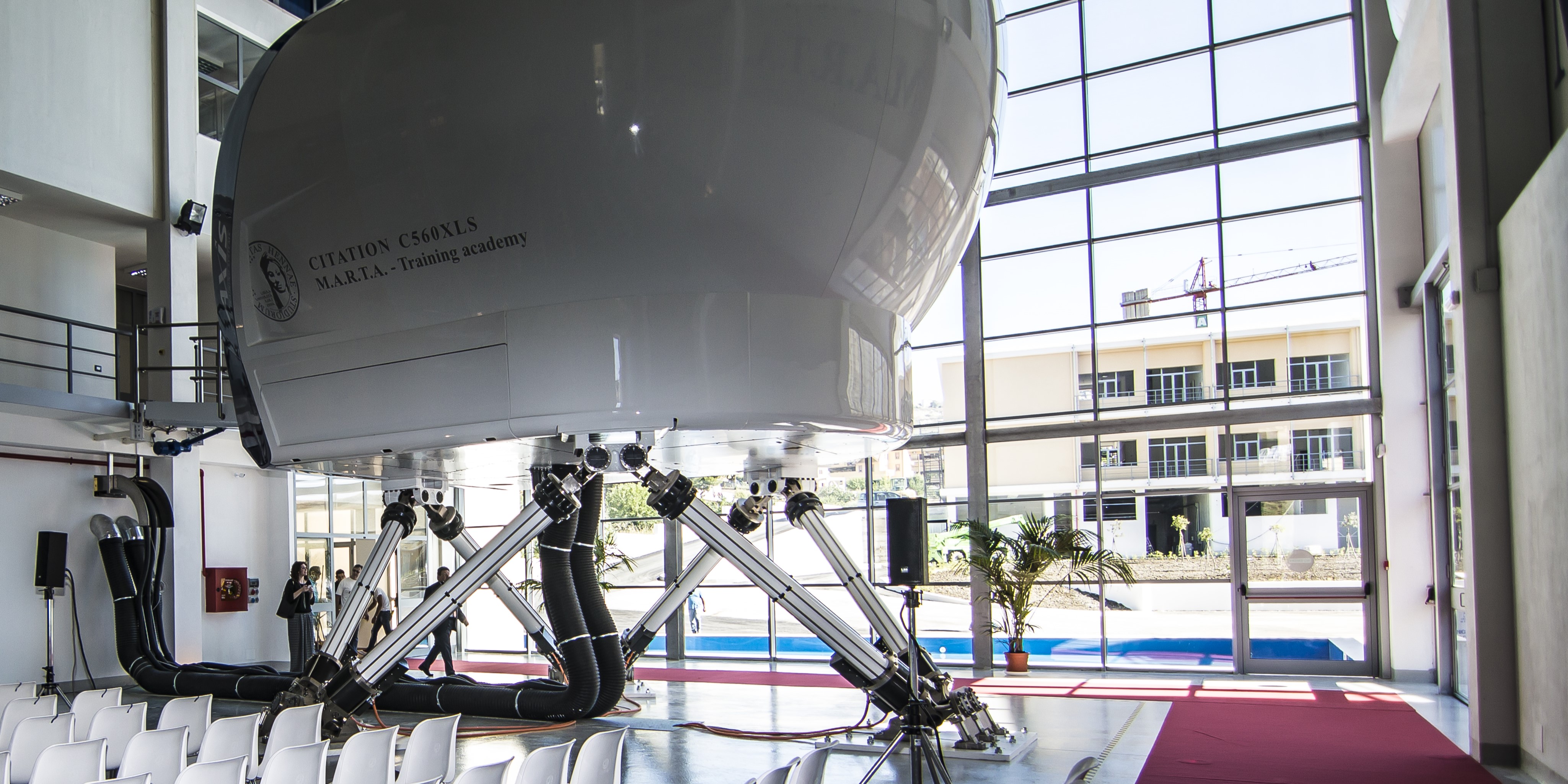
Numerical Simulation of 3D Printed Continuous Fibre Reinforced Thermoplastic Composite Structures Subjected to Low-Velocity Impact
Please login to view abstract download link
The utilization of additive manufacturing techniques for manufacturing composite materials, particularly continuous fibre reinforced thermoplastic composites, has gained significant interest due to its potential for producing complex geometries with tailored mechanical properties and recyclability. However, understanding the impact response of these materials is critical for ensuring their reliability and performance in various applications, ranging from aerospace to automotive industries. This study focuses on developing a finite element model with Abaqus/Explicit to simulate the dynamic behaviour of 3D printed continuous carbon fibre reinforced polymers (c-CFRP) with thermoplastic matrix (PA6) subjected to low-velocity impacts. Conventional shell and cohesive elements are used as modelling strategy. The numerical model was validated through comparison with experimental results. Manufactured coupons were tested with drop-weight impact at energy levels of 12 J and 15 J. Non-destructive testing using active infrared thermography was carried out to analyse the damage produced in the tested specimens. Furthermore, the influence of printing orientation (i.e., stacking sequence of the laminate) on the impact response is examined by means of comparing a conventional balanced and symmetric quasi-isotropic laminate with one with dispersed orientations. From the results, predictions of load-displacement response, damage extension and energy absorption characteristics of 3D printed c-CFRP composite structures under impact loading were obtained. The findings from this research contribute to enhancing the predictive capabilities of numerical simulations of impact events for designing and optimizing 3D-printed continuous fibre reinforced thermoplastic composites.
